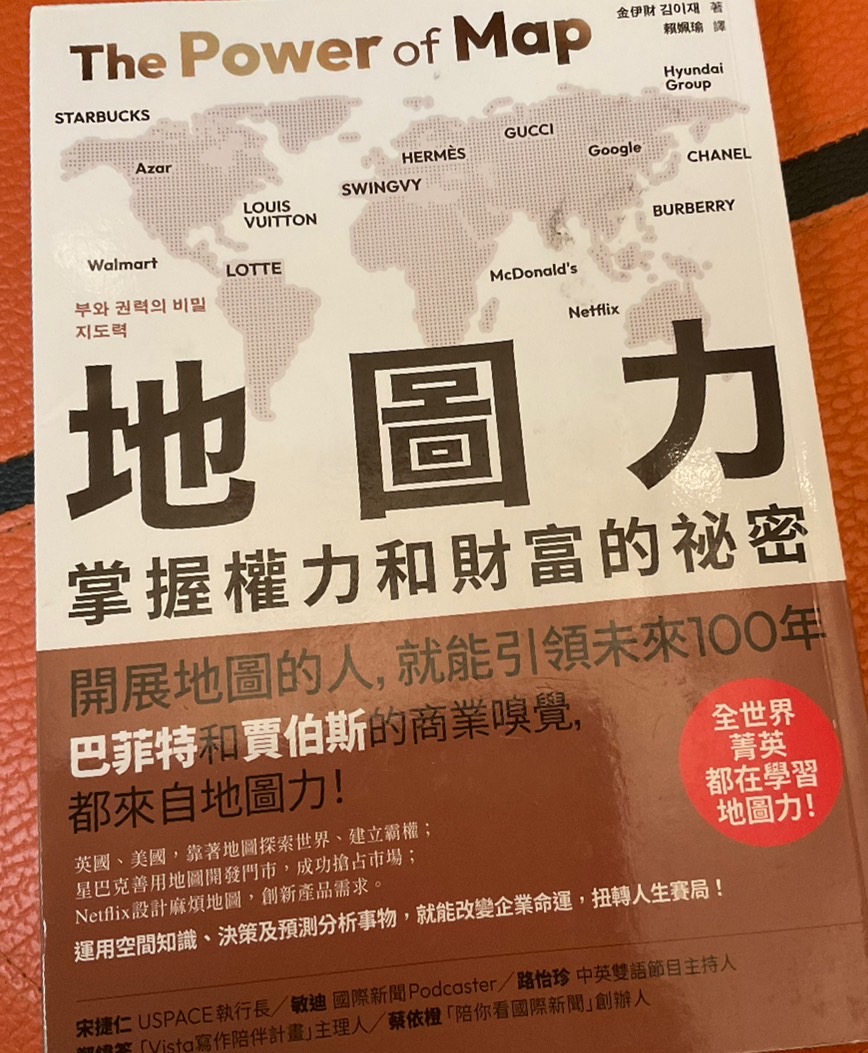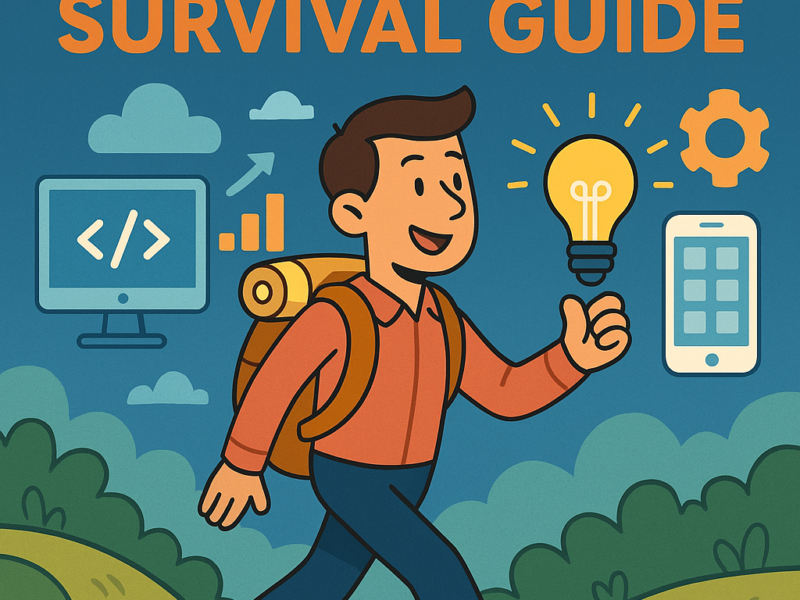The Power of Map tells the magic of maps from different scales of perspectives. The use of maps decides the fate of a country, the prosperity of an enterprise, and the success of an investment. Below I summarize some of the insight that I got from the book:
Investment in Technology is a Daily Observation.
Investors in Silicon Valley have a rule that their companies cannot be far from the tech companies they invest for more than 2 hours of driving. The purpose is to observe the business progress of those tech companies. This philosophy of investment is similar to Buffet’s. Buffet tends to invest in companies that are common to see in our daily lives such as Coca-Cola.
Invest in Those Having Data and Widely Adopting AI.
Masayoshi Son, CEO of Softbank, has an interest in investing in companies that own data and are active in the adoption of AI. Data is the oil of this century and is the source of the adoption of AI.
Follow Giants to Get Your People.
The tech giants gather smart and great engineers and experts by offering promising salaries and welfare. To run a new business, people are indispensable assets. Follow Giants in the early stage benefits a new business by reducing the cost of searching for the best people in the world.
Walk Out to Feel and Observe What People Want.
A successful business idea is to sell what people need/want at the right time and in the right place. After WWll, there was a moment when Chanel could not run its business in France due to its misunderstood role during WWll. (Chanel worked as a communication bridge between the UK and Germany, but was thought to be closer to Germany.) However, understanding the people in the US and proper preparation in marketing and branding bring Chanel back to the US market with popularity. The second example is Hermes. Hermes transformed its business from harnesses to traveling bags because of a visit to the factory of Ford in the US. Traveling makes us see the change in the world and industry, and this is where we come up with new business ideas.
The power of a map is the display of history, culture, people, and marketing. It tells us where to acquire the resources we need more cost-effectively. Those who can read the maps and walk out to connect are those who visualize the next version of the maps.

